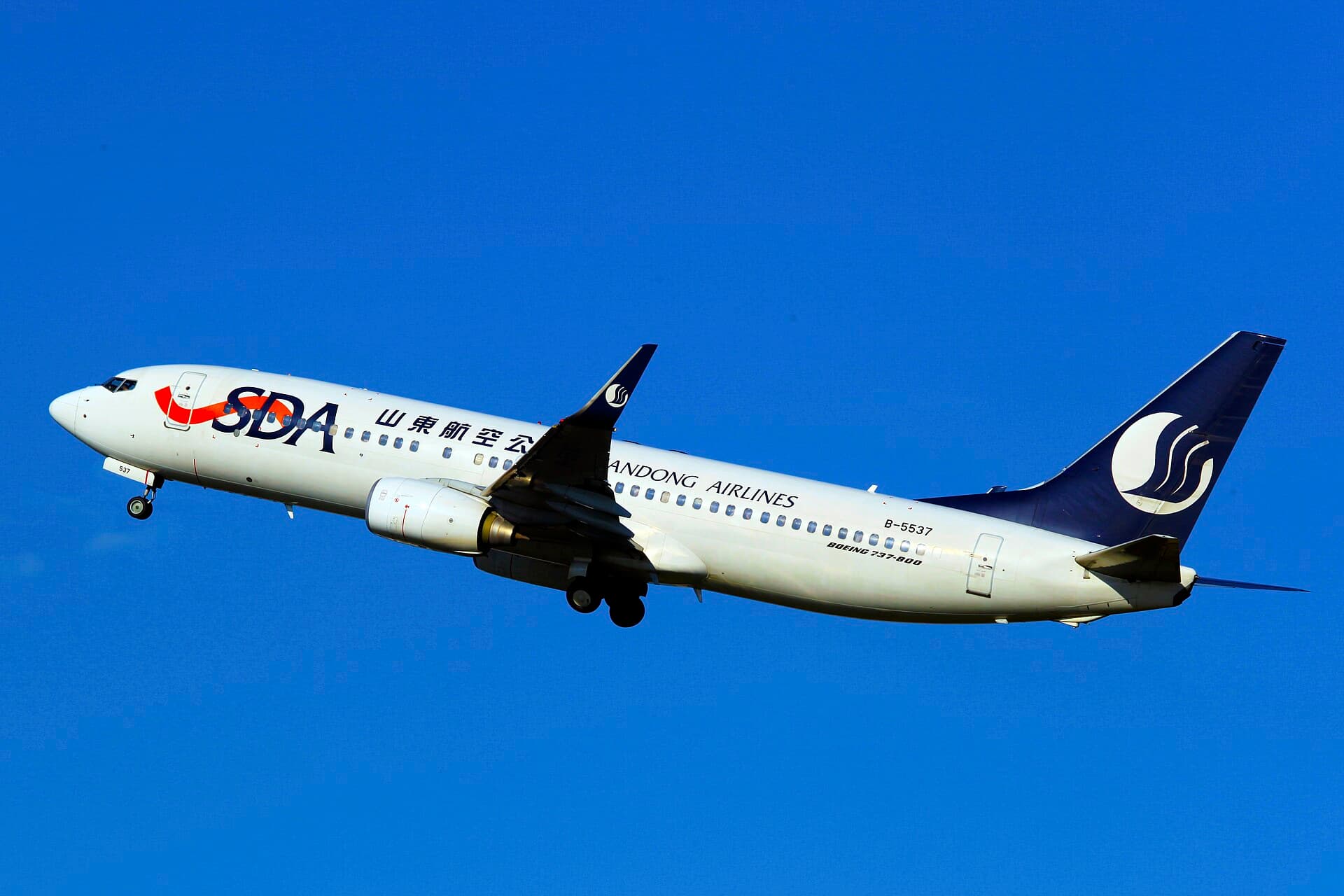
By Ryan Bacus, Anchor, Brigada News FM Mati
Tucked along the southeastern edge of Mindanao, Dahican Beach has emerged as a growing coastal destination for domestic travelers seeking quiet, nature-driven breaks from daily life. Known for its wide shoreline, consistent surf, and laid-back atmosphere, Dahican now also offers wellness amenities that add a new layer to its appeal.
Unlike other high-density resorts, Dahican Beach maintains a low-impact tourism approach. Visitors can expect clear waters, unspoiled stretches of sand, and beach culture rooted in local practices. Surfing and skimboarding remain major draws—especially from November to March, when swells are more frequent—but recent years have also seen a rise in nature-based relaxation services, such as spa therapy and outdoor yoga.
Mental health experts have long cited travel, particularly nature-based trips, as beneficial for emotional recovery and stress reduction. The Philippine Department of Health encourages Filipinos to take breaks in low-stimulus environments when possible. In this context, Dahican Beach offers both stimulation and calm: early mornings are often active with surf, while evenings are quiet enough for reflection.
“The beach helps me reset,” said a solo traveler from Davao City, visiting for the third time. “The water, the quiet, and even just watching the sunrise—those are things I can’t get in the city.”
Getting to Dahican is relatively straightforward. Daily flights from Manila and Cebu land at Francisco Bangoy International Airport in Davao City. From there, Mati City is a 3- to 4-hour drive via private car or bus. Local tricycles and habal-habal rides offer transport within the city and down to the beach area.
Beyond beach and surf, spa services have started to complement the travel experience in Dahican. Simple beachside huts offer traditional hilot massage and aromatherapy, which have become popular with returning guests. The combination of physical activity and restorative care adds dimension to a visit without over-commercializing the natural space.
Tourism here is also a driver of local economic growth. Youth in the area, once limited to fishing and farming, are now employed as surf instructors, massage therapists, and support staff in nearby resorts. Local crafts and food stalls line portions of the road leading to the beach, offering products sourced and made within Mati.
“Tourism gave us another option,” said a local surf coach who began his work in 2015. “I now teach kids how to surf and tourists how to enjoy the waves safely. We also learn how to protect the beach.”
Efforts to preserve Dahican have been strengthened by grassroots groups and local ordinances that limit shoreline construction, restrict motorized water activities, and enforce waste management protocols. The city’s tourism office has worked with community leaders to provide training on sustainable practices and hospitality management.
The beach is also known for sightings of marine wildlife, such as dolphins and sea turtles. This has prompted conservation partnerships focused on habitat preservation, ensuring that the area’s ecological value is not sacrificed for tourism.
Mati’s local government has also improved the ease of doing business for small resort operators by streamlining registration requirements and aligning them with sustainable tourism criteria. While larger commercial developments remain outside Dahican’s core zone, smaller eco-lodges and beach huts continue to serve visitors seeking an experience rooted in community and conservation.
Dahican Beach may not have the visibility of more commercial tourist destinations, but for many Filipinos, it offers something more lasting—space to breathe, room to think, and the quiet assurance that beauty and balance can still be found in familiar shores.




